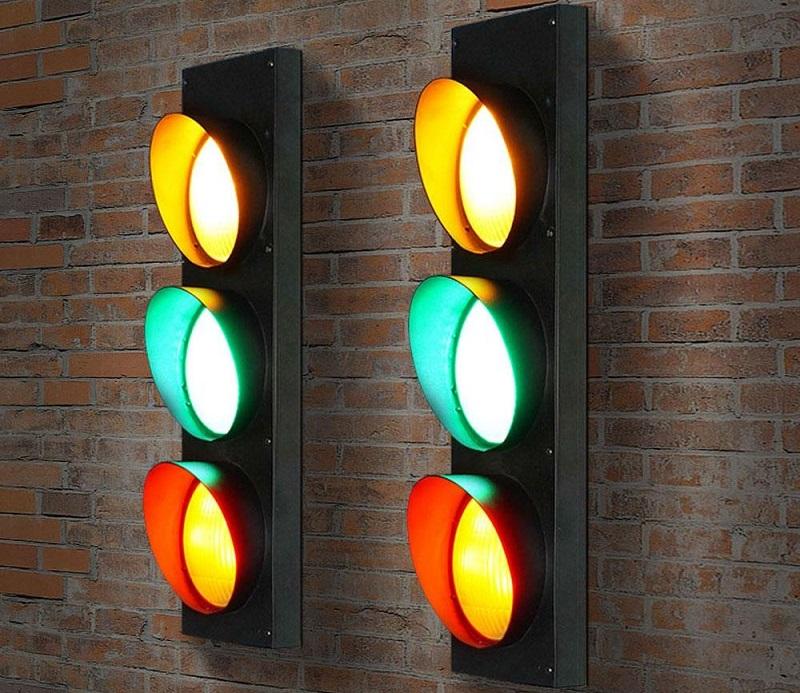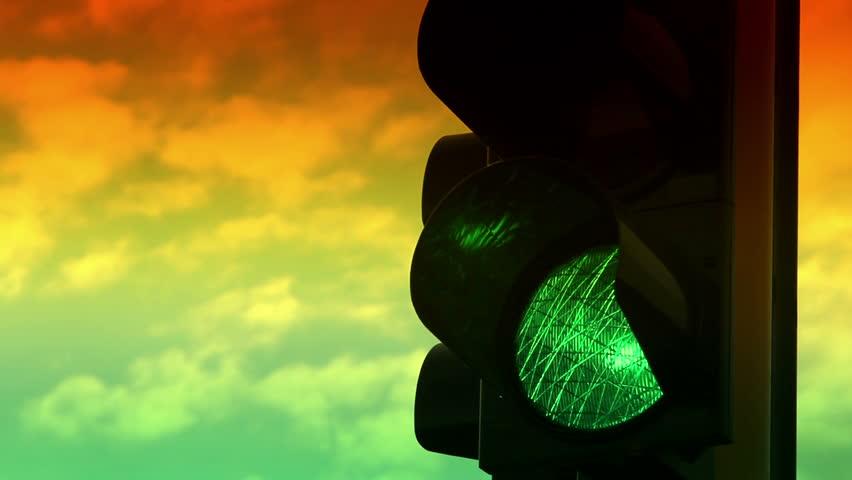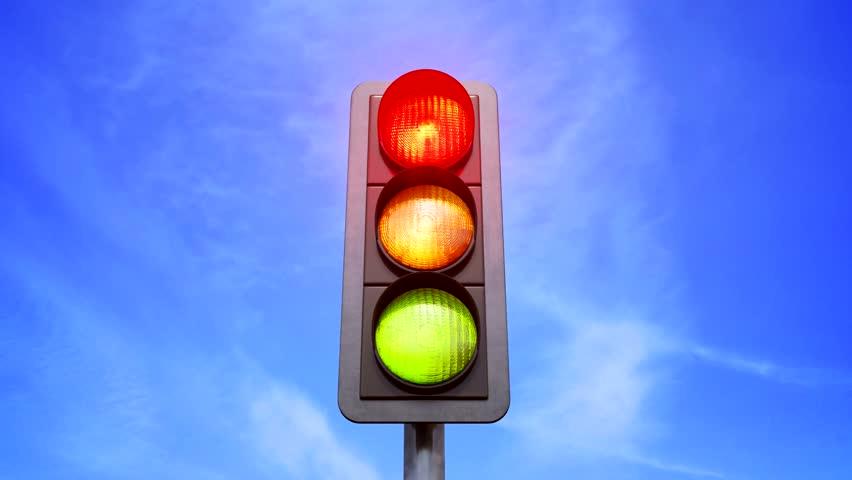How many traffic signals do you cross during every day of driving? You stop at the red light and move forward when it turns green. These actions come almost naturally. Have you ever thought why the stop light colors are red, yellow, and green? Why not blue, purple, and brown? Or, some other combinations? Well, it turns out there’s a history! There’s a reason why the traffic signals use red, yellow, green light and not some other colors.
Contents
The Reason behind Stop Light Colors
The first traffic signals were designed for trains, not cars. The railroad industry has been using this system since the 1830s. The gas-powered lights were red (for stop), green (for caution), and white (for go).
However, the white light was problematic and caused several crashes and accidents. They were changed to today’s standard colors to avoid any unfortunate event.
William L. Potts first introduced the modern traffic light system in 1920 that we use these days. He took the concept from the railway standard and used it to introduce the four-way, three-color system for the roads. It was first administered in Detroit, Michigan, the city where Mr. Potts used to work as a policeman.

Why These Stop Light Colors Were Chosen?
We know that the color combinations came from the railroad system. But, what were the resons for choosing these specific colors? Was there any particular reason? Let’s see:
Red for Stop
This color stands for danger or warning signs for centuries in many cultures. Besides, red has the longest wavelength than other colors on the visible spectrum. It means that you will see a red light from a greater distance, which can be lifesaving in emergencies.
So, using it as the traffic light color for ‘stop’ makes the perfect sense.
SEE MORE:
Green for Go
It was a caution sign at first because it is a direct contrast to red on the color scale. It’s the only color that has the highest visibility after red and yellow. Its function was transferred from ‘caution’ to ‘go’ after the then ‘all-clear’ sign white light caused several accidents.
The changing was the direct result of a major accident in 1914. Two trains collided when the red lens fell out of the signal and appeared white instead of red.

Yellow for Caution
It had the role of a stop sign, besides red, up until the mid-1900s. The main reason was the poor visibility of red lights and signs at night in poorly-lit areas. Yellow has the second-longest wavelength on the color spectrum and it is highly visible even when the light is poor. So, it was also a good choice as an alternative stop light.
However, with the advancement of technology, red light has become highly reflective even in the dark. It has regained its spot as the only sight for ‘stop’ and yellow has the new role of displaying the ‘caution’ sign.
The Final Words
These stop light colors got their assigned roles after extensive practical use and many experiments. They are the standard choices purely because of scientific reasons – their wavelengths, high visibility from distance, and contrast to one another.




Great information, I had never quite thought about how the colours came about in road traffic.
Many thanks